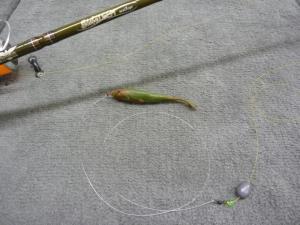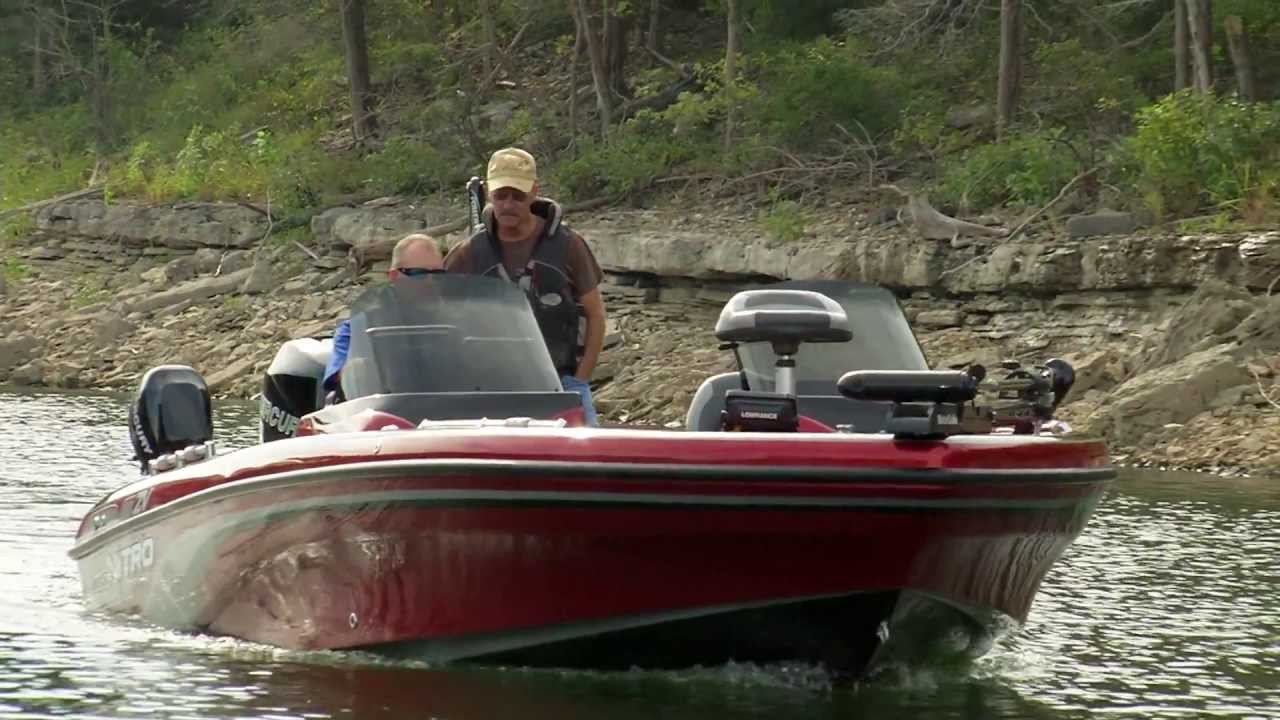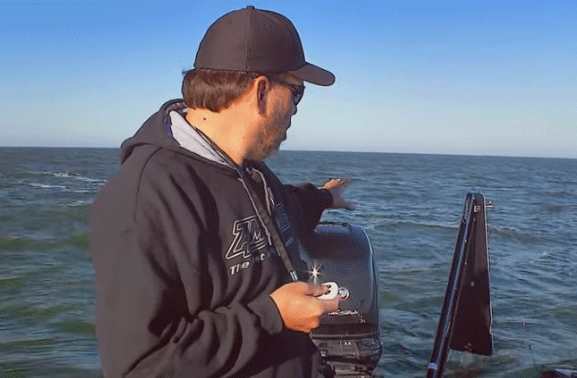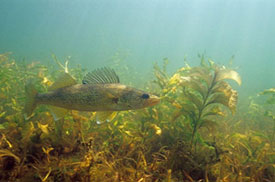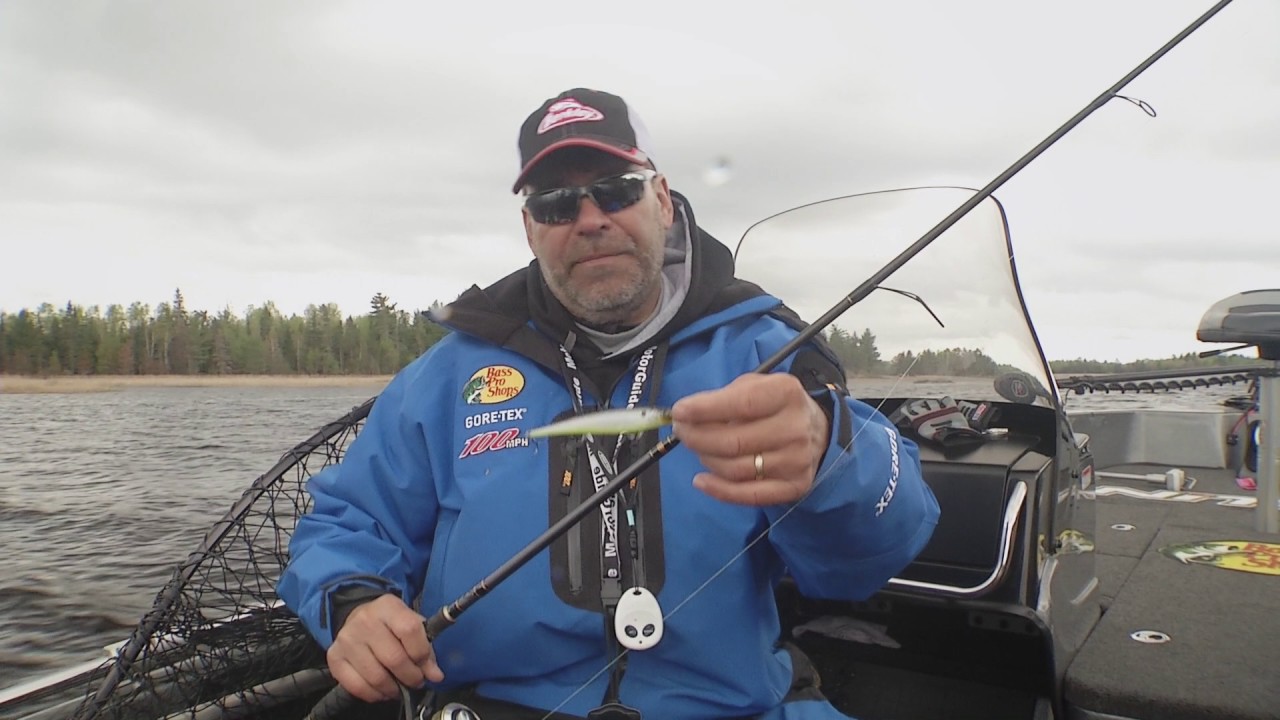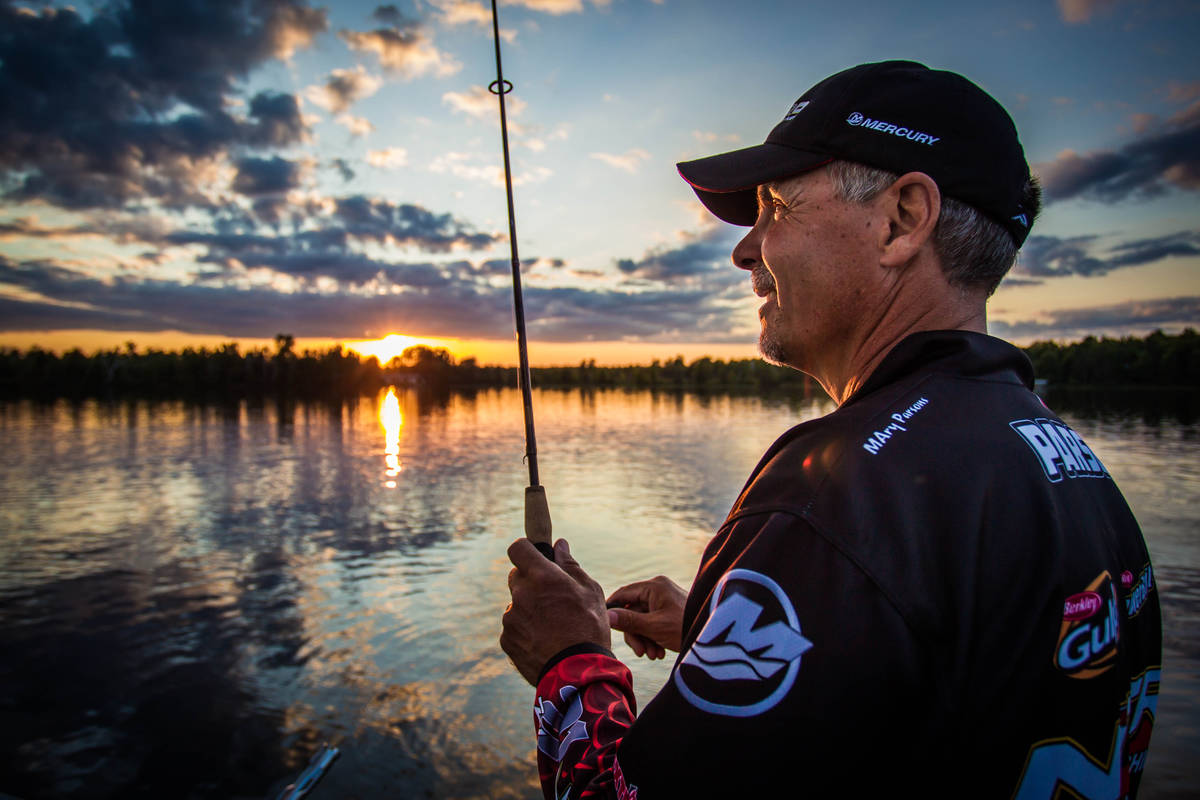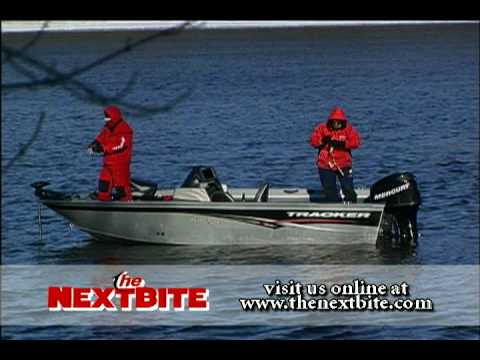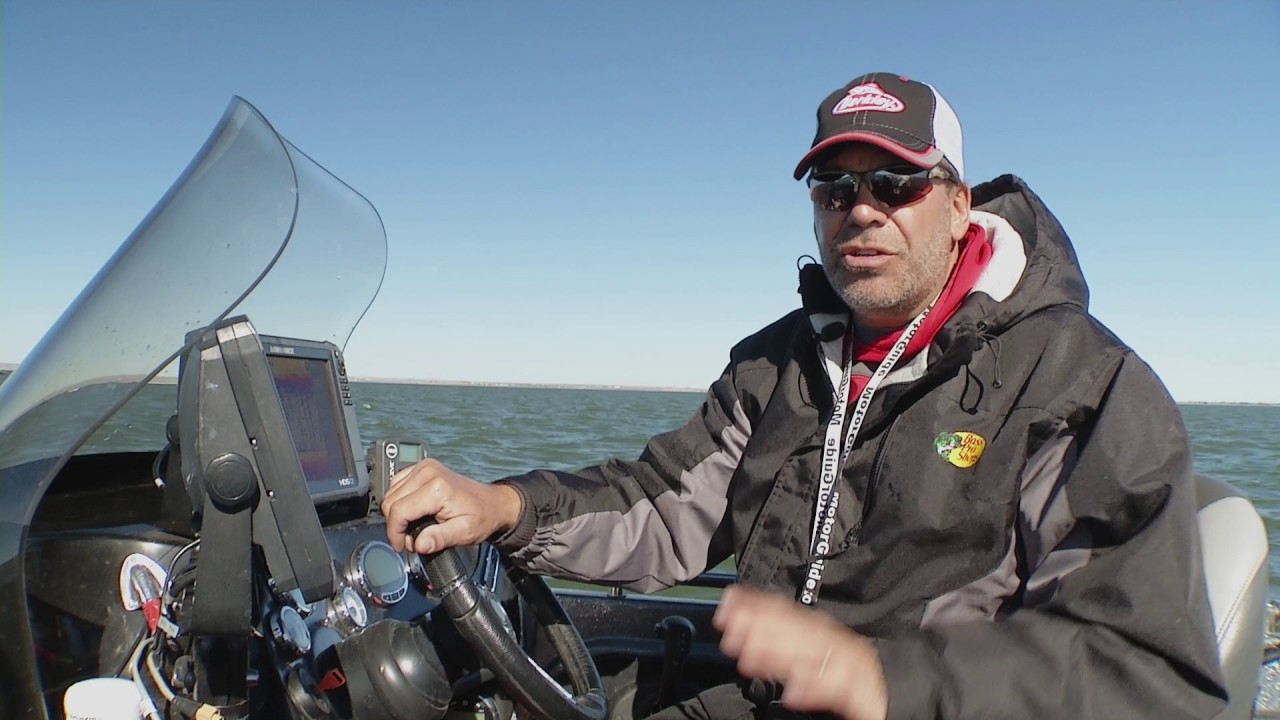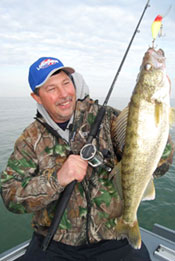
Trolling is a popular walleye presentation and also a fishing method practiced with a wide variety of fishing lines. The problem is, most fishing lines don’t have the necessary properties to make them “good” for the job.
Understanding what constitutes the ideal trolling line is an important part of refining this popular presentation. Using fishing lines that don’t meet a select set of “trolling friendly” standards is toying with fishing disaster.
To function properly, a trolling line must provide superior abrasion resistance, consistency, controlled stretch, thin diameter, low visibility and exceptional knot strength. Many monofilament lines meet these standards, but the best trolling lines are a more refined category of products that deliver exceptional performance.
For most walleye trolling applications 10 to 14 pound test monofilament line is the ideal choice. Lines of this pound test rating are more than strong enough to handle even big walleye, yet thin enough to enable crankbaits and other popular trolling lures to reach substantial depths.
Trolling lines require exceptional abrasion resistance because they are often subjected to abuse from popular trolling products like planer board releases, in-line boards, snap weights and other line clips. Also, trolling reels feature a large line capacity and the typical troller has several reels to fill. To keep line costs down, it’s important that trolling lines last longer than lines designed for casting applications.
Controlled stretch and superior knot strength are other important factors in selecting a trolling line. Too much stretch makes it difficult to achieve solid hooksets. This is especially true when trolling with long lead lengths.
The best trolling lines have a minimal amount of stretch, but some “give” that insures they can sustain hard strikes and land even the biggest fish without failure.
Knot strength is also critical because the knot is the weakest link in any fishing line. Lines designed for trolling deliver maximum knot strength that insures when a heavy fish is hooked, the line won’t fail. Also, should a lure get snagged, the line must be tough enough to provide anglers a fighting chance of recovering their lures.

Total Solutions Technique
Trolling is a game of numbers. Lots and lots of numbers. Using line counter reels is the only practical way to monitor and duplicate important details like productive lead lengths.
All popular line counter reels use a mechanical means of measuring lead length based on how much line goes off the reel for each rotation of the spool. A gear driven digital counter keeps track of how much line is being let out, which in turn helps the angler determine the most productive lead lengths and then duplicate what’s working.
To get the most from mechanical line counter reels, it’s important to use similar reels, put the same amount of line on every reel and also to use the same diameter line on each reel. If one reel is full to capacity and another is half empty, the lead length recorded by these reels will be different because the smaller spool on the “half empty” reel is actually letting out less line per rotation of the spool than a reel that’s full to capacity.
Big reels with lots of line capacity monitor lead lengths differently than small reels with modest line capacity. This again occurs because the larger the reel spool, the more line that is let off for each rotation of the spool. If an angler is using a few large reels and a few small reels, the lead length information delivered by each reel size is different. It’s like one set of reels is talking in English while the other is talking in Spanish. For the most accurate lead length data, it’s critical to use reels that are all similar in size and line capacity.
Also, if one reel is loaded with rather thin 10 pound test and another is equipped with thicker 17 pound test, the reel with the heavier line will hold less line. As a result when the spool lets out line, the spool diameter will shrink quickly and again under estimate the amount of line actually being played off the reel.
Finally, it’s important to explore no stretch lines for trolling. Monofilament is the best line choice for trolling in most situations, but there are times when low stretch lines have the edge. Because low stretch lines are super thin, they enable trolling lures like crankbaits to pick up significantly more depth compared to monofilament lines of the same break strength.
Low stretch super lines also have the ability to telegraph strikes easily even when trolling with exceptionally long lead lengths. Specialized line releases are required for using super lines in combination with planer boards.
Total Solutions Equipment
Different kinds of lines suitable for trolling have varying properties. The biggest differences are the diameter of specific lines for specific break strengths. This is confusing because not all 10 pound test lines are the same diameter.
Hands down one of the most popular walleye trolling lines of all time is Berkley’s Trilene XT in 10 pound test. This product has all the necessary properties required to perform flawlessly in a wide range of trolling situations.
Stren Original in 10 pound test is another exceptional choice for serious walleye trolling applications.
Another excellent line option for trolling is Berkley’s Big Game in 12 pound test. This line is designed for trolling and the diameter of 12 pound test is nearly identical to 10 pound test XT.
Berkley Sensation is a fourth excellent option for trolling lines. The diameter of 14 pound test Sensation is similar to 10 pound test XT, 12 pound test Big Game and 10 pound test Stren.
In the super line department, Berkley Fireline is hands down the most popular choice for trollers who are trying to reach maximum depths. The 10/4 size Fireline is a popular choice among serious walleye trollers because this line has more than adequate strength and knot strength, combined with very thin diameter .
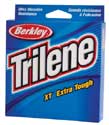 Berkley® Trilene XT® |
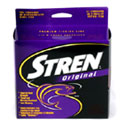 Stren® Original 330 Yd. Filler Spools |
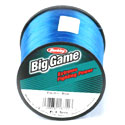 Berkley Big Game® |
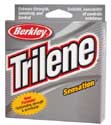 Berkley® Trilene® Sensation® |
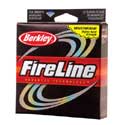 Berkley® FireLine® |

